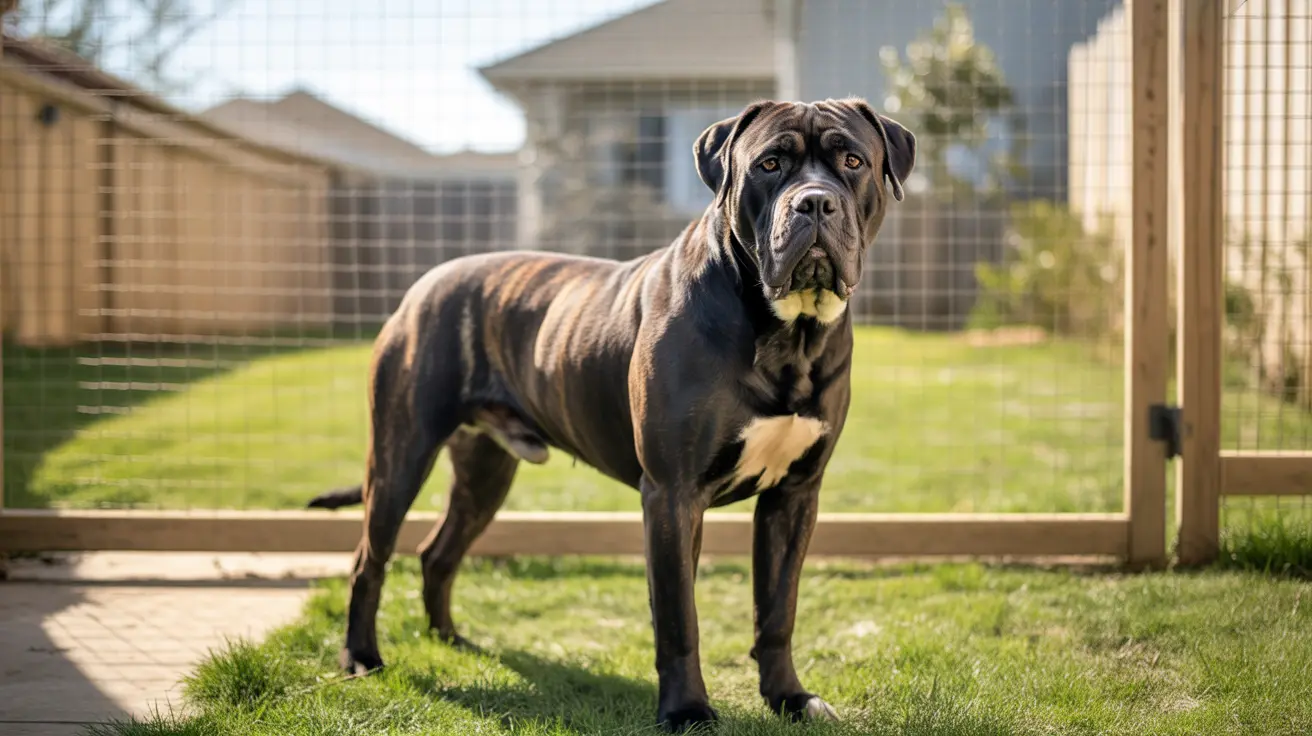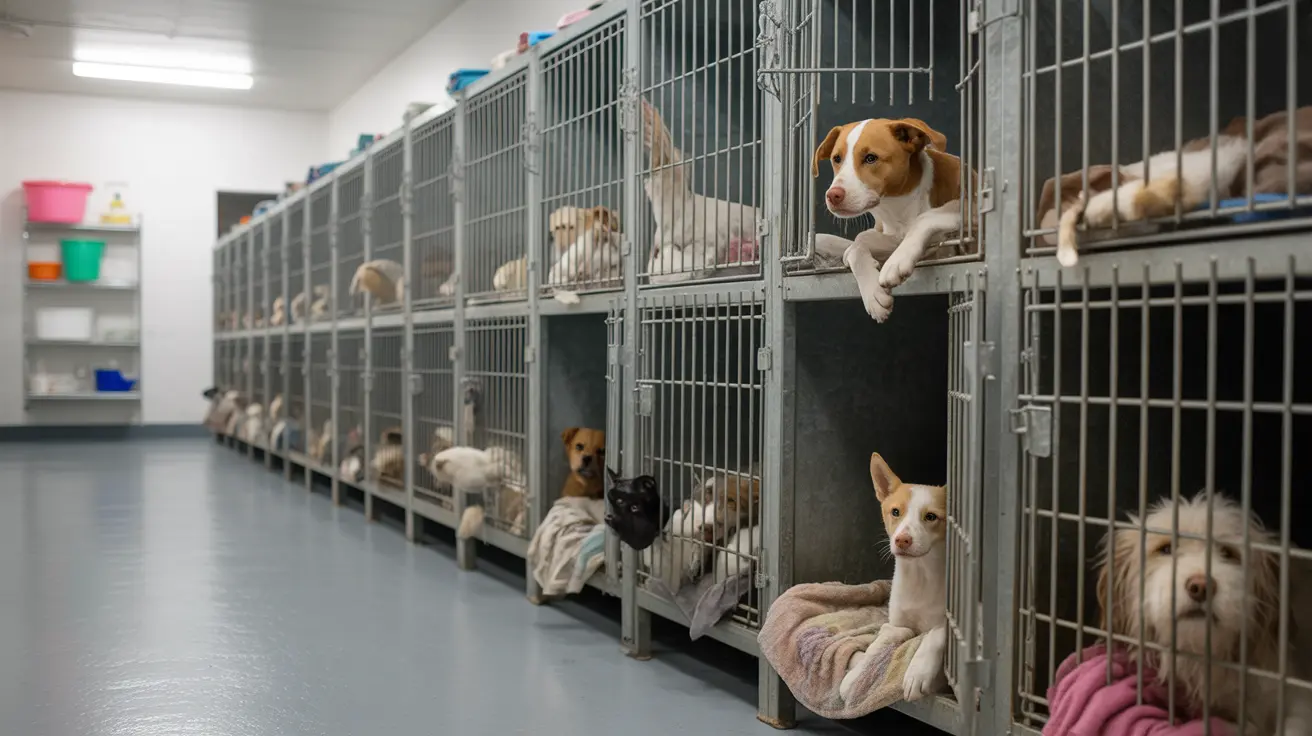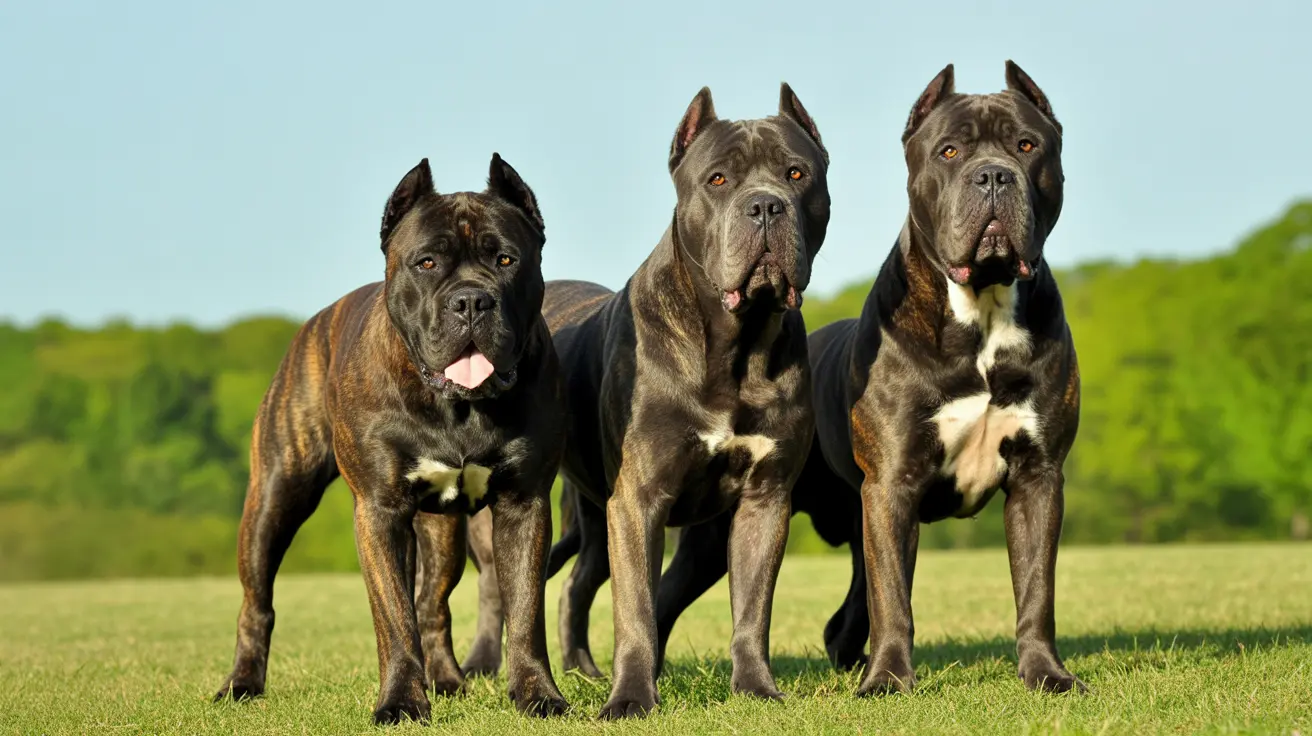The Darkest Episode of Courage the Cowardly Dog: An In-Depth Look at 'The Mask'
Courage the Cowardly Dog, a cult classic from the early 2000s, is renowned for its eerie atmosphere, bizarre storylines, and psychological depth. Among the many episodes that pushed the boundaries of children’s animation, one in particular stands out for its mature themes and emotional potency —
'The Mask'. Originally aired in Season 4, 'The Mask' remains the most haunting and poignant episode of the show.
Overview of the Episode
The episode centers on a mysterious white cat named Kitty who arrives at the Bagge farmhouse wearing a white mask. Unlike the vividly monstrous antagonists typical of the series, Kitty’s fear is rooted in realism. The story unfolds through Kitty’s perspective, as she recounts a toxic relationship involving her best friend Bunny and a threatening dog named Mad Dog.
What Makes 'The Mask' So Dark?
'The Mask' departs from the supernatural, leaning instead into grounded, real-world trauma. It addresses subjects like abusive relationships, mental health, and deeply rooted fear — all subtly tackled beneath the cloak of a children’s show.
- Abuse and Codependency: The episode heavily implies that Bunny is trapped in an abusive relationship with Mad Dog. It’s up to Kitty to try to help her friend escape, which reflects themes of rescuing a loved one from an abusive situation.
- Trauma and Misjudgment: The mask that Kitty wears symbolizes both her trauma and her preconceived notions. She initially mistrusts all dogs — including Courage — which is a metaphor for how trauma can distort perception.
- Psychological Depth: We witness characters taking actions out of trauma-fueled fear and desperation rather than the cartoonish evil seen in most episodes. Kitty’s animosity, Bunny’s silence, and the violent overtones all speak to the aftershocks of psychological abuse.
A Departure from the Norm
Most episodes of Courage the Cowardly Dog walk a fine line between horror and humor, often ending with light-hearted resolutions. 'The Mask' eschews this balance in favor of a solemn, emotional arc. Its conclusion — showing Bunny fleeing with Kitty to freedom — offers a rare, bittersweet moment of hope.
Cinematic Style and Symbolism
The use of black-and-white flashbacks, dramatic shadows, and sparse dialogue adds to the somber tone. The white mask itself becomes a central piece of visual symbolism, representing the detachment and guardedness resulting from past trauma.
Reception and Legacy
Despite being a children's cartoon, the episode has garnered critical praise for addressing serious life issues in an age-appropriate yet profound manner. It remains a fan favorite and is frequently cited in discussions about darker content in kids’ programming.
Why It Resonates With Viewers
Many fans recall 'The Mask' not just for its unsettling mood, but for its emotional resonance. It struck a chord by showing that evil isn't always in the form of monsters — sometimes, it's represented by control, manipulation, and fear.
Conclusion
'The Mask' isn't just the darkest episode of
Courage the Cowardly Dog; it’s also one of the most emotionally intelligent. Its treatment of delicate topics through metaphor and animation proves that children's media can address serious themes without losing its core audience.
For viewers both old and new, 'The Mask' serves as a reminder that true courage is not the absence of fear, but the will to confront and rise above it.





